RED = UNSUCCESSFUL
YELLOW = SUCCESSFUL / POSSIBLE USE
GREEN = SUCCESSFUL / USE FOR EDITING PROCESS

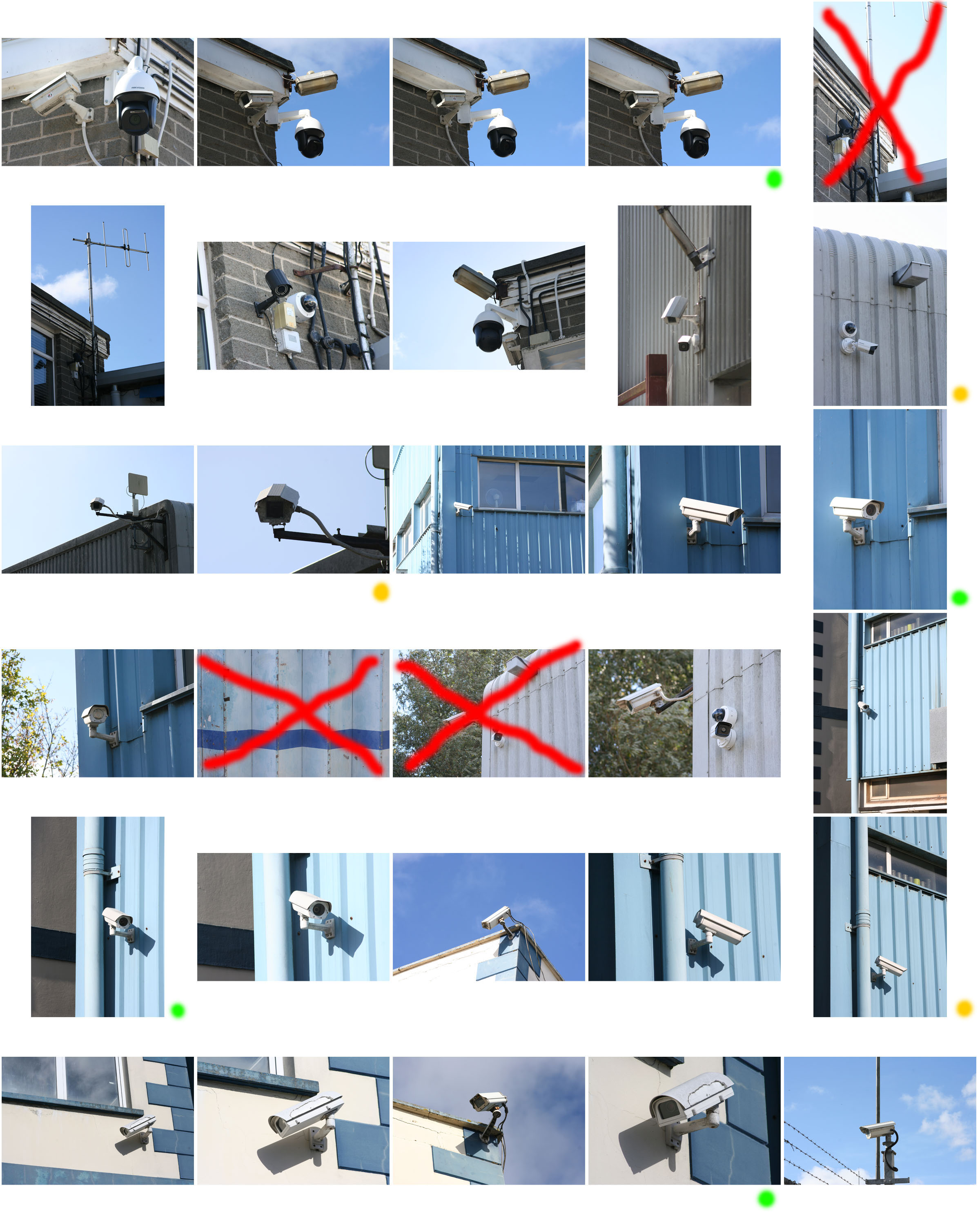
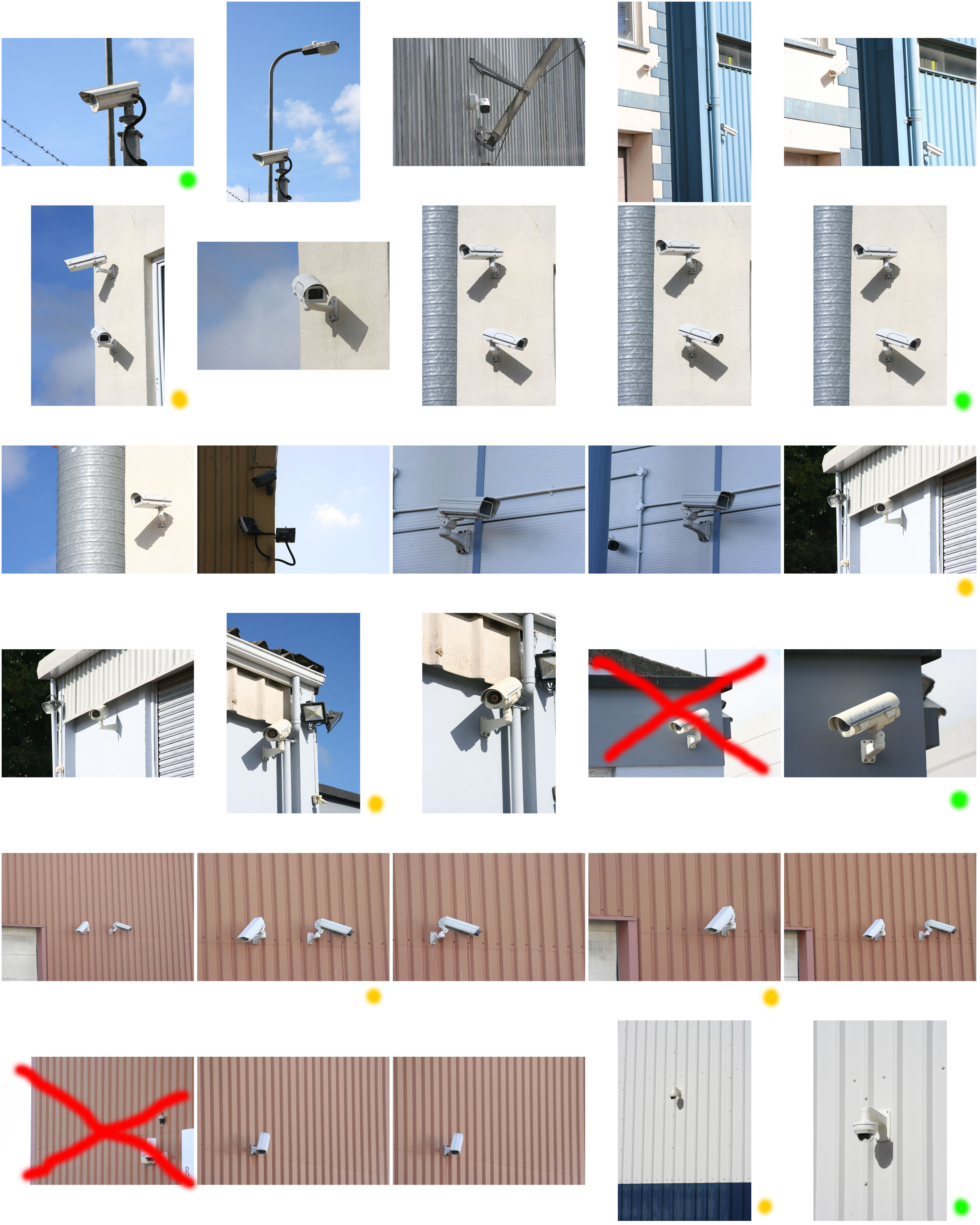

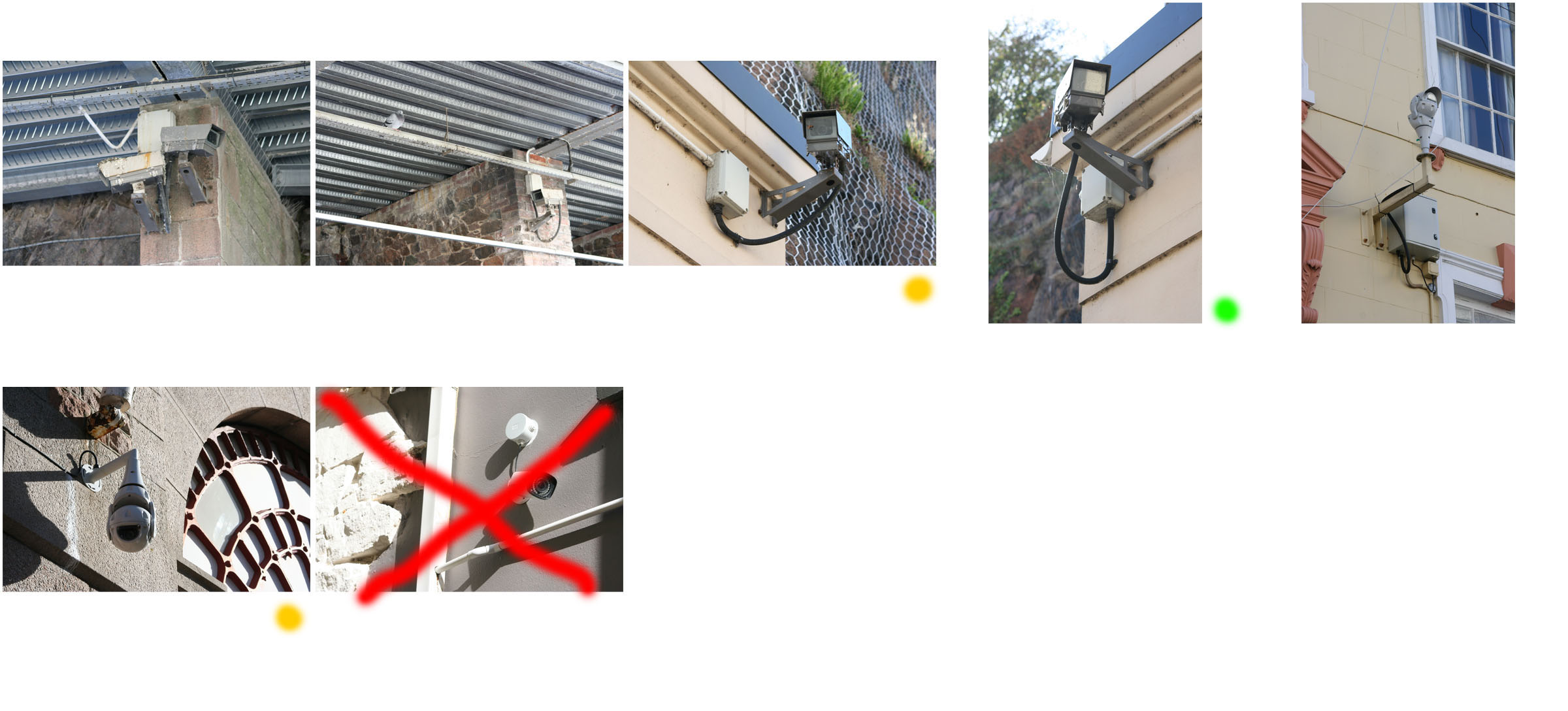





The collaborative photographers Ayesta and Bression were two that stood out to me from the list of photographers who were involved in the Guernsey Photography Festival 2018. After reading the exhibition information about the photographers it was evident to me that the ideas behind their work fitted my initial ideas on how to proceed with the topic ‘political landscapes’ and also continues on from what I explored within the Future of St Helier…
…Specifically of all looking at how people are affected by their surrounding environment, in this case how the people of Fukushima in Japan were affected due to the nuclear disaster that occurred in the region in March 2011.

Here is a link to the Bression and Ayesta page on the Guernsey Photography Festival 2018 website – https://guernseyphotographyfestival.com/2018-festival/photographers/guillaume-bression-carlos-ayesta
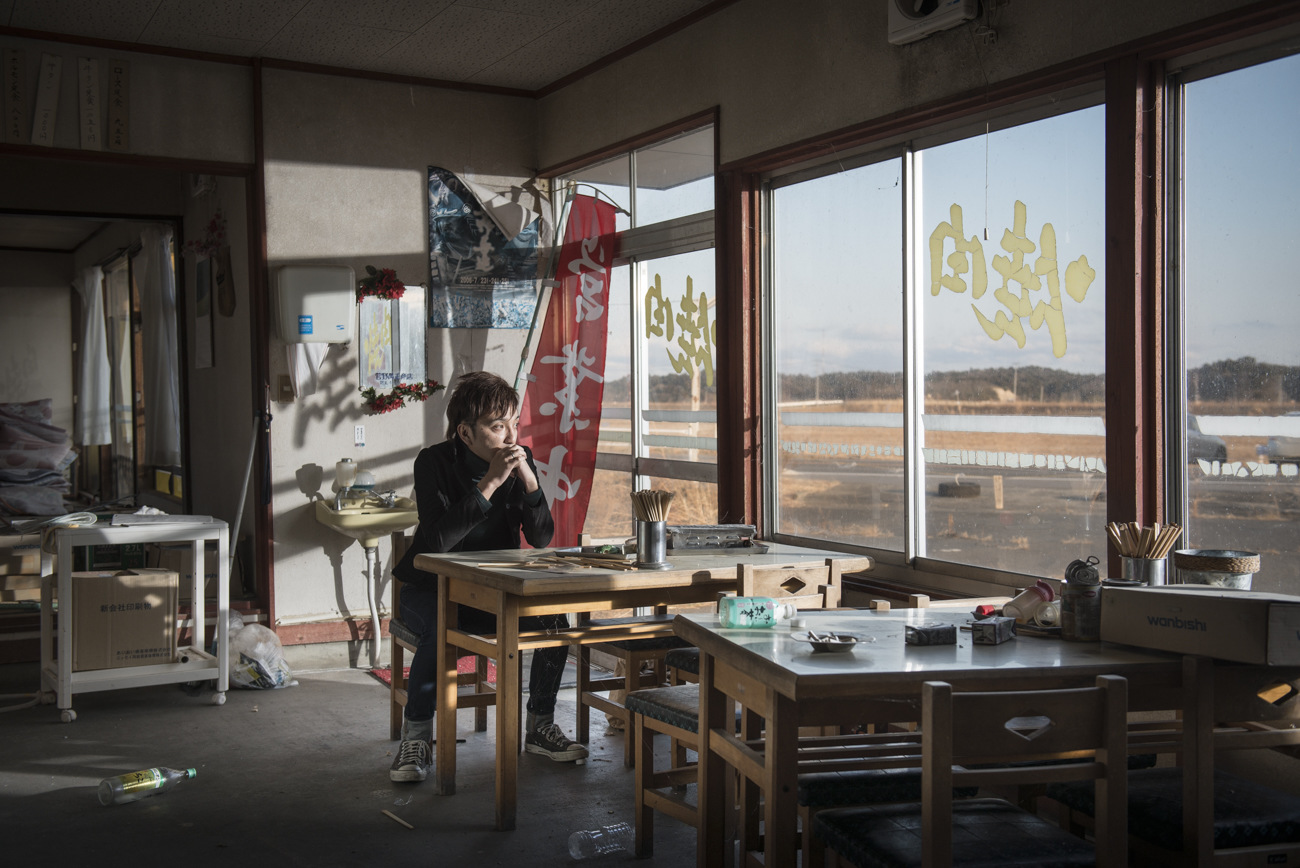
A statement from L’Œil de la photographie regarding the photographers followed as ‘Carlos Ayesta and Guillaume Bression rushed to Fukushima after the March 2011 earthquake and tsunami. To see for themselves. To bear witness. They photographed not to testify but by necessity, because they could not believe their eyes, and that—the unbelievable magnitude of the devastation—turned their amazement into a project.’ I believe that this is a great example of how an experience or a concern can make a great reason to produce amazing photographs which have a lot of context and meaning behind them. This is something that I wish to do with this following project as I am going to explore an issue which I personally, as well as many others, are concerned about.

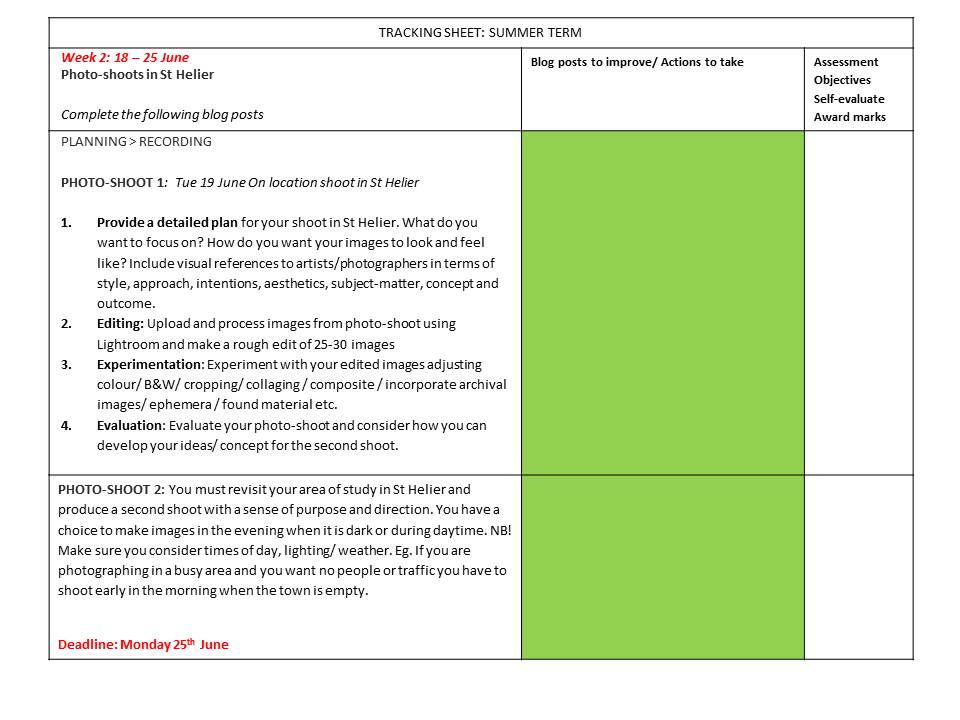
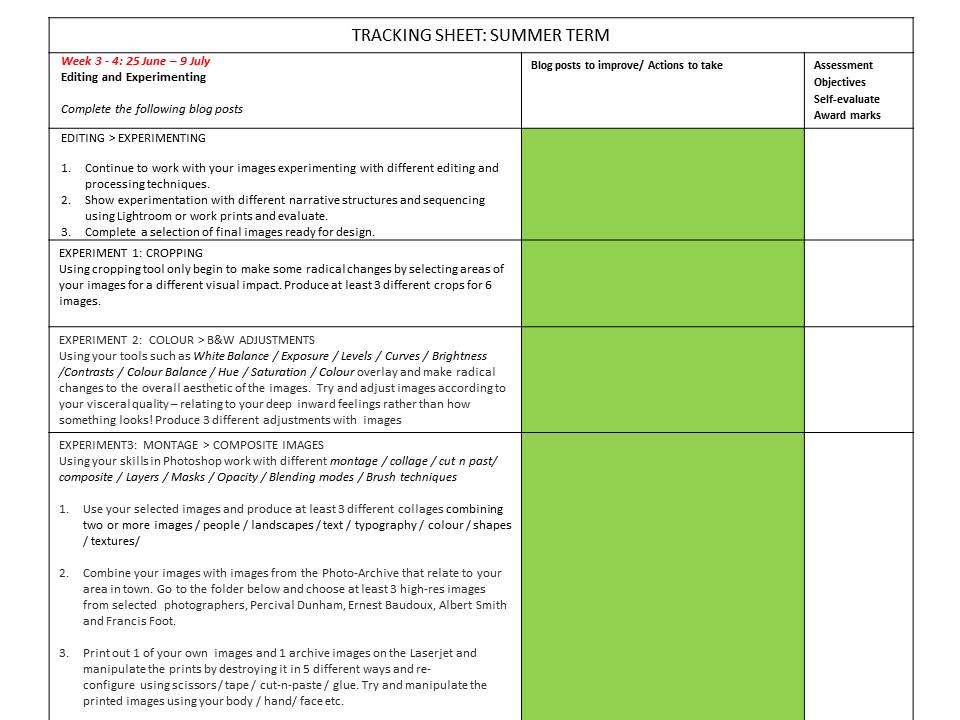
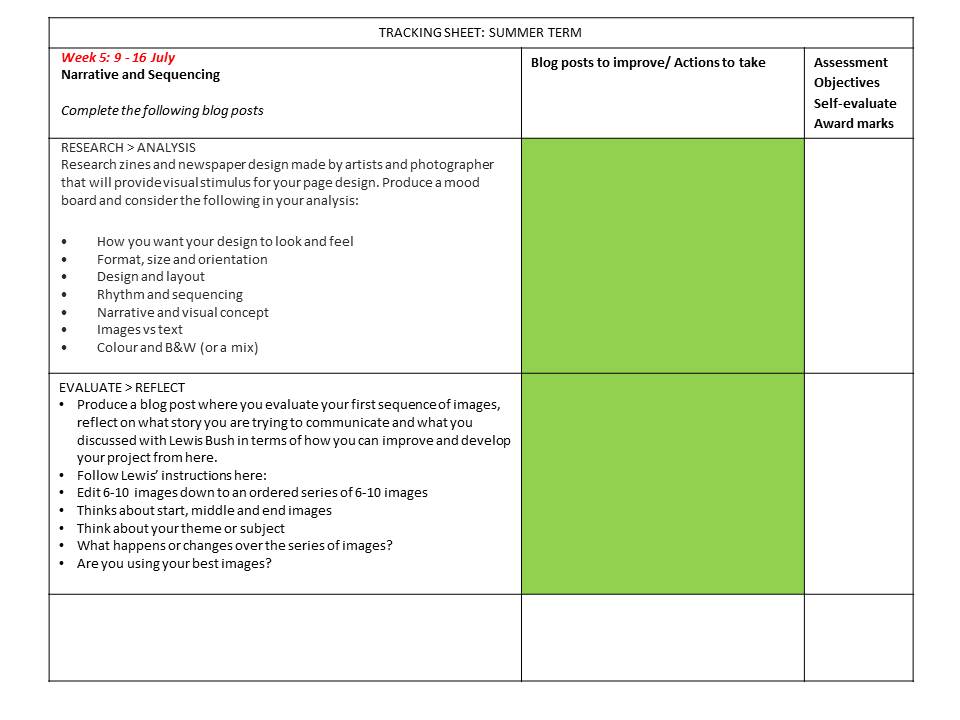




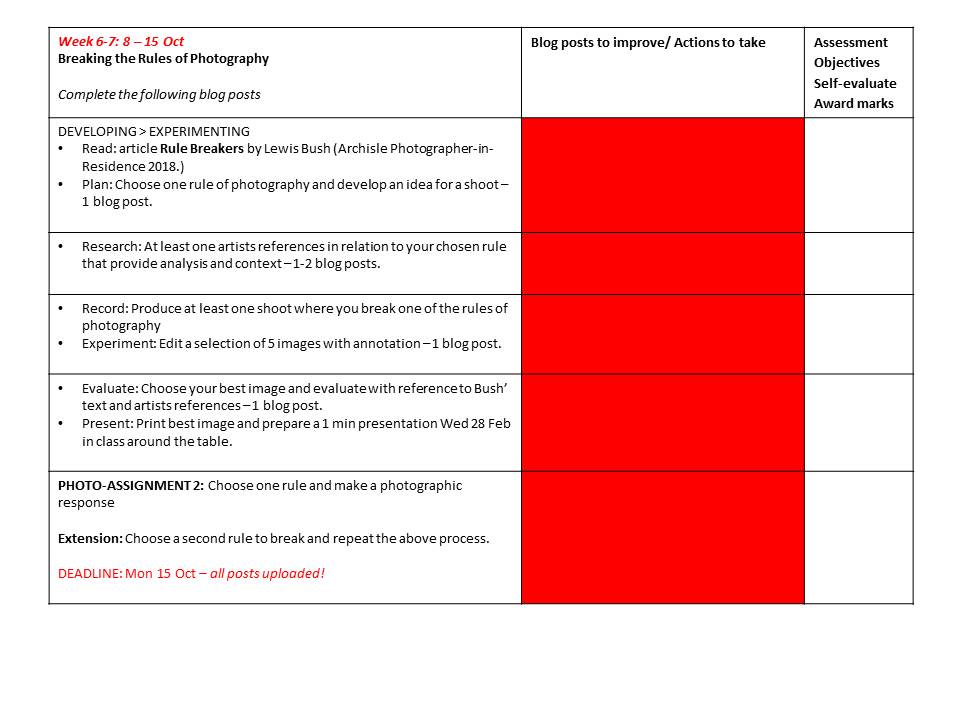
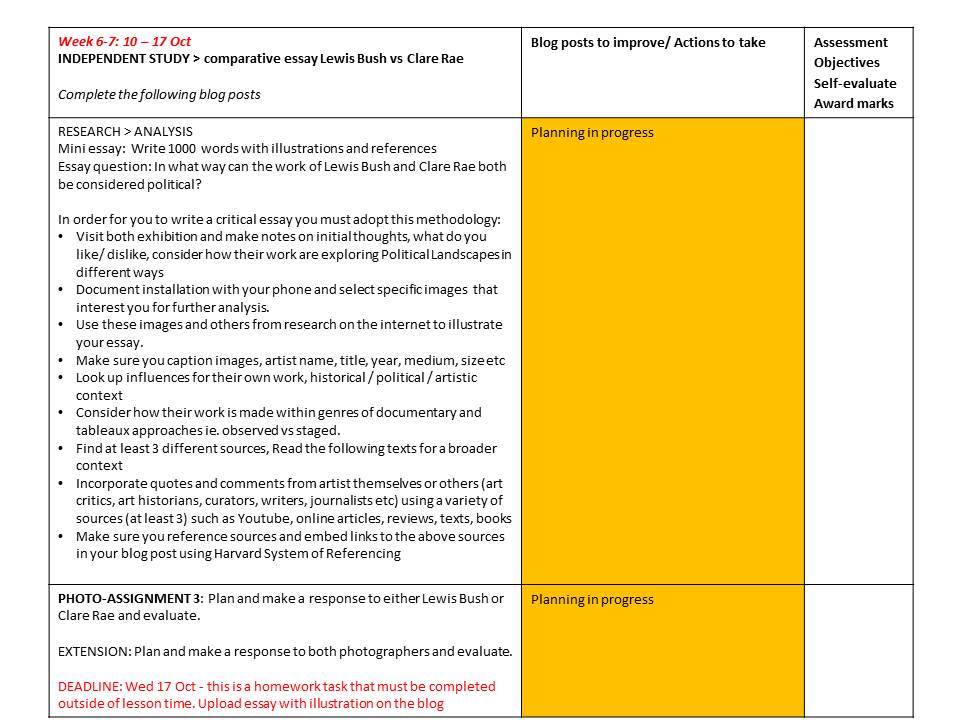
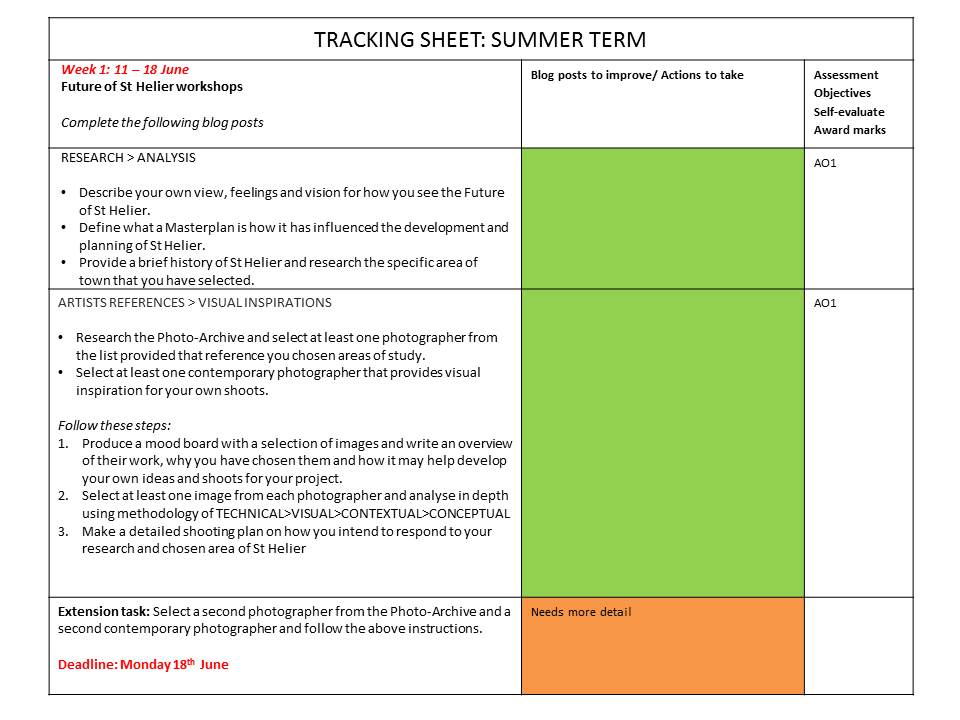
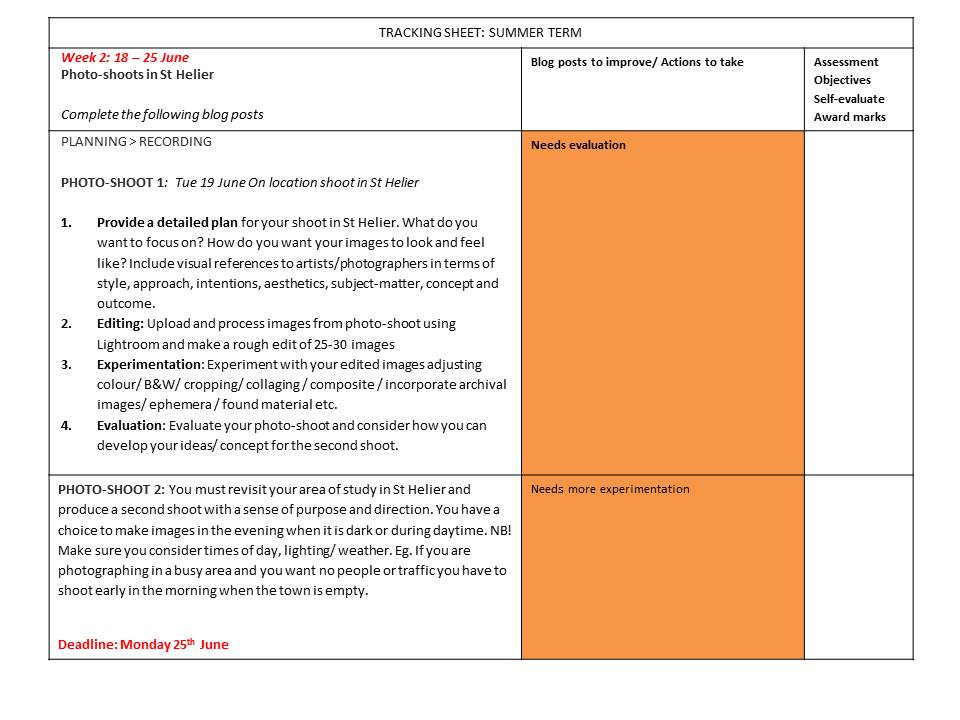
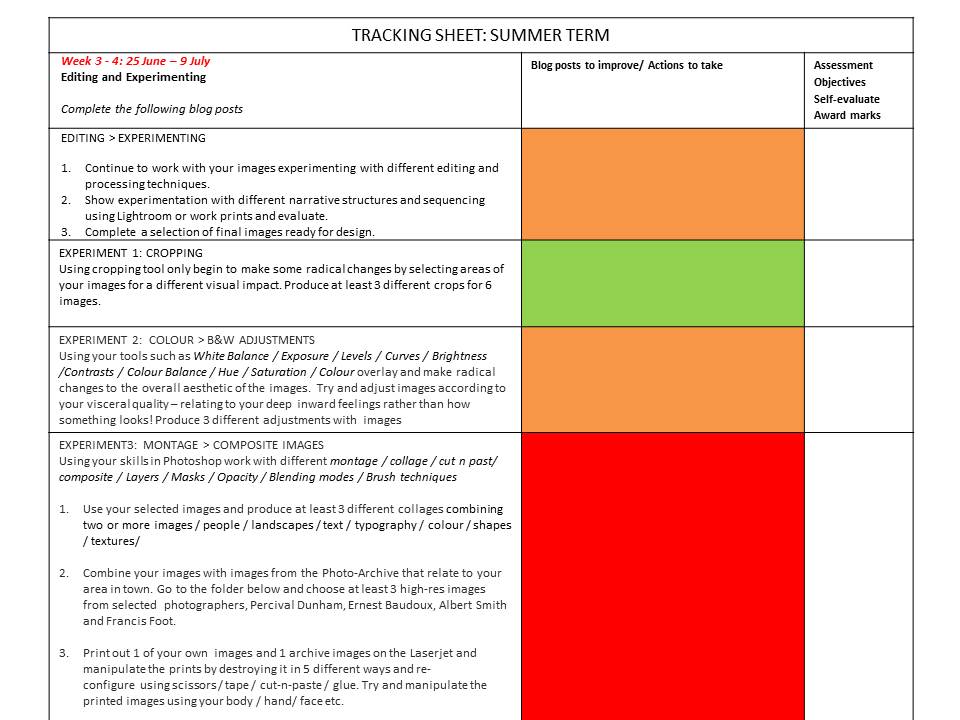


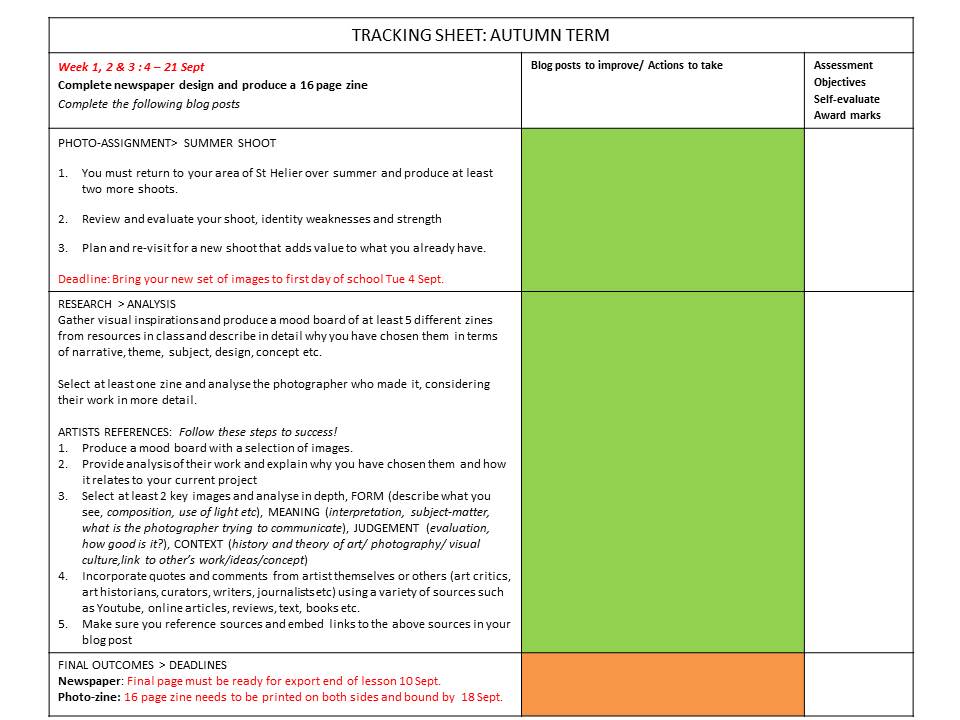


I’ve decided to split the theme into two parts; Political and Landscape, I’ll approach them as two separate units at the start and then connect and link them together later on in the project.
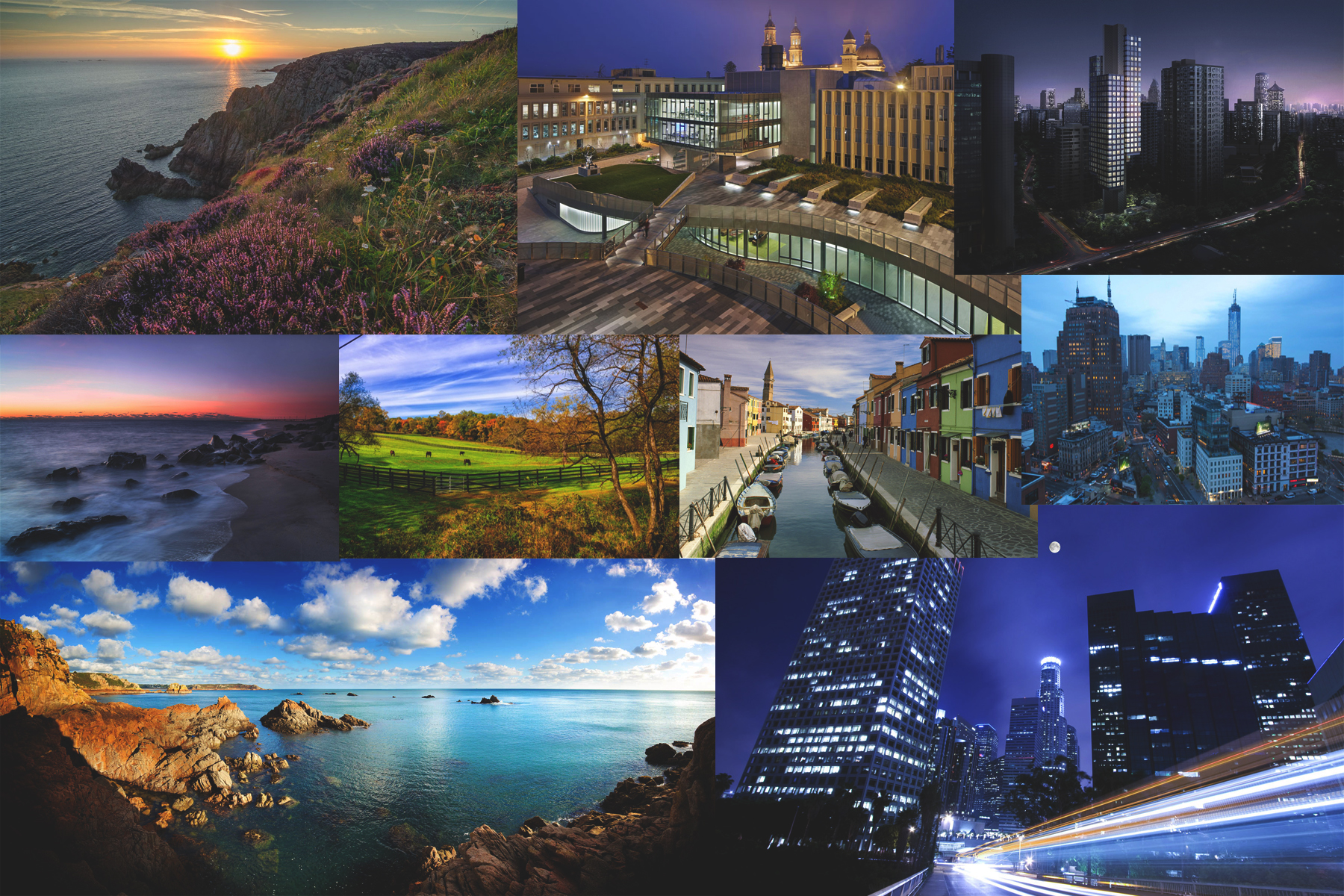
Photos usually associated with ‘landscape’ are natural, but in photography, a landscape can also be a man-made building.
Landscape as a noun means the shape of the land and related features in a particular area. However, landscape as a verb means to change the appearance of an area of land. In a sense, the second meaning applies much more to politics; since they aim to change things for the better (or worse in some cases) its almost as though they are landscaping our future.

The definition of the word political has two meanings, first being ‘involving or characteristic of politics or parties or politicians’ while the other being ‘of or relating to your views about social relationships involving authority or power’.
Most political imagery is classed under documentary and propaganda photography; these photographs are designed to be thought provoking and mind changing. Most seem to be in black and white centralizing the focus of the image not to be on the pretty colours but more on the subjects or person at hand.
Things that are political have to do with government, elections, and how society is run. Congress, state representatives, even county council members are all part of our political system.
Overall I chose these images as they connoted the strongest emotion within the image itself. I chose 20 final images to further develop depending on their strength and mimicking the emotion. What I think I developed well on this piece is the overall composition of placing the body and how I have used this in order to create a sense of emotion and impact. I wanted to use photoshop editing in order to really over-exaggerate the tones so changing the colour of areas within the piece too.
Is said to be ‘an aesthetics, the sublime (from the latin sublimins) is the quality of greatness, whether physical, moral, intellectual, metaphysical, aesthetic, spiritual, or artistic. The term especially refers to a greatness beyond all possibility of calculation, measurement, or imitation’

To measure an environment by how sublime it my feel or be perceived is interesting. As seen above there is a connection to physical greatness and spiritual and artistic elements. This to me is a clear indication of the wide range of possibilities this word has to offer. As said previous I am interested within the philosophy and how to conceptual human emotions into a landscape, I believe developing this further into the sublime would be useful to my project. I have further developed research of emotions within the sublime and researched emotions within landscape will use this inspiration to power on my ideas further.
when sublime is connected to issues of emotion it focuses on a deep threat and a harsh reality of weather, this being seen through a storm or the deep seas. Many piece that include people are them diving into water and how being submerged into a world is abstract and different from the world to which we know and view as normal above land. It combines natures power of man and also the lack of breath and cruel reality fo nature to be something of greatness and also concern. My question is what is the sublime and how can i show this through my themes of emotion, politics and landscapes? Is sublime about a feeling, event or a persons state of mind? It means to be raised and on top but also further defined as having a quality of greatness and magnitude. I want my pieces to be temporarily overwhelmed by anyone who sees them. A quote about the sublime really stuck out to me, this was ‘by a kind of pleasurable terror’ This echoes the social conventions of politics and freedom to me,It demonstrates an image of people wanting to escape and taking a deep risk due to their political or negative governmental conditions.And how a big leap or jump for freedom is pleasurable to escape but filled with terror when alone and surrounded with a landscape that is not familiar.

The sublime was associated in particular with the immensity or turbulence of Nature and human responses to it. Consequently, in Western art, ‘sublime’ landscapes and seascapes, especially those from the Romantic period. To my mind this means a clear representation of vast storms and seas, it is a mixture of beauty found in a life Threatening position. I believe through my work it would be tangible for me to create a scenario like this but as a false sense of identity. I would create a constructed narrative set almost as a tabloid to make the image look dangerous and have a feel of the sublime but not being so. This is not possible when it comes to going outside and capturing a storm but it is when creating an infliction of worry which as someone underwater, or moving quickly in a dark space. I think the sublime should no longer be just considered a natures act and a landscape but allowed to be pulled into someones emotion ,reaction and cause fro distress clearly portrayed within themselves.

An artist who uses politics to effect and emotion and create sublime work is the artist Damien Hierst. His work focus on the notion of the contemporary sublime ,so removing the previous style fo only using a landscape of a storm.The starting place for tracing such returns of the natural sublime is Damien Hirst’s art work, The Physical Impossibility of Death in the Mind of Someone Living 1991. he is such a symptomatic artists who’s work is uneasy and contradicts with what is expected within society. it is said that ‘His best work condenses our lived contradictions into perplexing, unforgettable, iconic images, in just the way that dreams do’ This allows his work to have such a huge impact on the audience it is viewed as a terrible going against what is expected and perceived as normal but yet alongside with this is so fascinating. His work clearly echoes inspiration from within the body, mortality, violence, pain and power.a ‘universal trigger’. Hirests taste that it works as a powerful sublime piece as ‘everyone’s frightened of sharks, everyone loves butterflies’. however the shark carries a powerful charges frisson and forms a universal response reaction of the sublime.


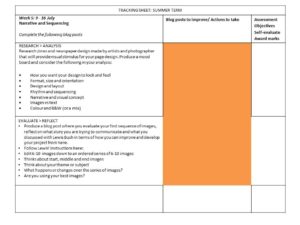

While continuing to experiment within emotion mimicked by the power of nature caused by self emotions of politics I wanted to look more into the photographers who are able to tell a story with their images, this being seen within who they photograph, where they do so and what nature effects they add to the composition.
Link to Abusdal’s website Visit website <– here.
Abusdal is a visual storyteller from Norway working mainly works on independent projects in the intersection between fact and fiction. In 2017, his story on the Forest Finns – Slash & Burn. I was intrigued with his work due to the clear emotion he has successfully conveyed and how the clear cut conduct was strong in the composition and colouring of his work. Abusdal decided to take many photos alongside the coast of the Swedish boarder, where farming families from Finland settled in the early 1600s. The immigrants – called Forest Finns were slash and burn farmers. This was an interesting perspective as it focused on the the ancient agricultural bountiful crops which required large areas of land and so soil and grounds were too quickly exhausted. other political influences were the population overgrowth which led to many wars, terrorism and migration where he lived.
Because I do not live in an areas with these issues, although I think they are important and an interesting concepts I decided I will create a demonstration through more conceptual tablo photography in order to exaggerate the effect I desire. This will be further looked into when experimenting within what the photographer does with his work too to communicate these ideologies. His understanding of nature was rooted within his culture of eastern shamanistic tradition, and so associated with mystery. To my mind this comes across very clearly within his works the rituals, spell symbols as a practical tool for daily life. I think it is interesting the way in which a suffering due to the government and political issues should deem it acceptable for people to live in poor conditions and how this becomes their daily life. Additionally I wish to expand on this concept later too. The photographer has said that ‘This photographic project draws on these beliefs while investigating what it means to be a Forest Finn today, in a time when the 17th century way of life is long gone, and their language is no longer spoken’
The photography I am most keenly interested towards is called ‘slash and burn’ this uses many fires and warm and cold tones contrasting to create a harsh reality for daily lives of people who are submitted to feeling down and living in poverty due to politics.The two images that clearly demonstrate an angle of emotion that I am fascinated with are the following;

I believe this image is successful due to where it lies conceptually, the fire could connote many feeling and attitudes to which the women is trying to express. I believe this image is sublime as there is a clear personification through the flame of destruction to this persons life and mind. The burning could symbolises a stress and tiredness of overpopulation and the suffering to which she has faced. Additionally I like this image as it looks as though she is a real person and not just edited or shown as a photo burning. I think the contrasting tones between the flames and the complete black background drives the image forward as it develops the light and expresses the whole pieces through her face and also surrounding her.

I believe that this image is fascinating as it has an interesting aspect of editing to the image itself. I think instead of the environment of landscape being seen surrounding the person it has been shown as a self reflection over the person itself. The silver coat also insinuates the space theme and cultivates its purpose to be more profound in the landscape it is trying to mimic. I believe it would be an interesting concept to try and recreate landscape that people are not actually in themselves.